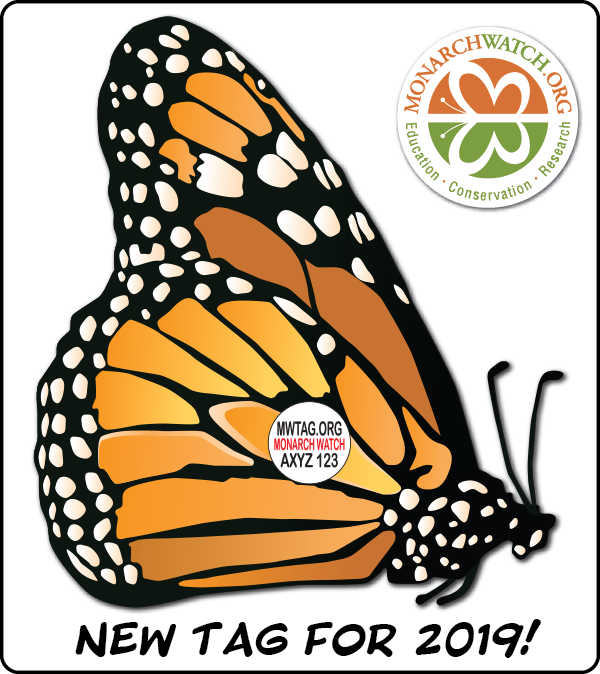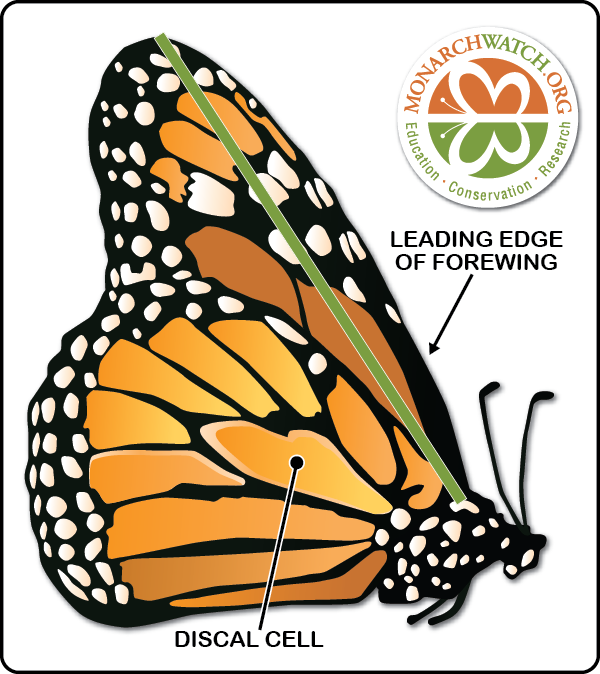We have entered the time of the year that we are now raising the super generation of monarchs, those that will fly to overwinter in Mexico.
All members should thoroughly read
this blog post from Monarch Watch. "Tagging wild and reared monarchs: Best practices"
It contains information on the BEST practices for rearing
successful migrators, and suggests you PLAN YOUR REARING so that the
newly–emerged monarchs can be tagged early in the migratory season (10
days before to 10 days after the expected date of arrival of the
leading edge of the migration in your area,
The leading edge in Iowa is
around September 8th, so that would mean tagging August 30 through
September 18th.
Also MEI recommends that you plan to STOP collecting eggs/ and rearing by August 30th, preferably by mid-August. What is the use of raising monarchs that may not make it to Mexico? Or making them fly in temperatures that are just too cold?
I have attempted to break down the Monarch Watch post to make it a bit more understandable ..... good tips if you want your monarchs to make it to Mexico, tagged or not tagged!
EXCERPTS FROM THE BLOG POST:
"The migration is a strong selective force. It eliminates the weak, those with diseases, the undersized and those with genetic and other deficiencies
It also eliminates those that have not received the environmental cues that properly trigger diapause and the orientation and directional flight characteristics of the migration."
1. Rear larvae under the most natural conditions possible.
"In other words, rearing outdoors, on porches, in pole barns, open garages, etc., would likely produce better results than rearing in an air–conditioned kitchen, spare bedroom or similar space."
2. Provide an abundance of living or fresh–picked and sanitized foliage to larvae. ..."raising the monarchs on living plants–potted or in the ground–is likely to produce the largest monarchs, provided that the monarch larvae have an abundance of foliage to feed on at all times. Cut foliage in the form of leaves also works well, but the leaves have to be fresh and abundant relative to the numbers of larvae in each container."
3. Provide clean rearing conditions.
"Containers should be cleaned each day once the larvae reach the 4th instar.
"To avoid passing the monarch disease Ophryocystis elektroscirrha (O.e. or OE) from outdoor monarchs to reared monarchs, both the living and cut foliage can be sanitized using a 10% bleach solution with a drop or two of liquid soap added. After soaking in the bleach solution for two minutes, the leaves should be rinsed thoroughly with clean water and patted dry before being fed to larvae."
"Living plants can be sprayed with the bleach solution and then rinsed. If you are using cut stems with leaves intact, they can be cleaned the same way. In that case, be sure to cut the stems under warm water before placing them in vases, etc. The warm water keeps the latex vesicles from closing down the transport of water to the leaves. Cut stems work to feed larvae, but they can go limp and be less suitable as a food source than cut leaves."
4. Plan the rearing so that the newly–emerged monarchs can be tagged early in the migratory season (10 days before to 10 days after the expected date of arrival of the leading edge of the migration in your area*).
MEI NOTE: The leading edge in Iowa is around September 8th, so that would mean tagging August 30 through September 18th.
5. Tag the butterflies once the wings have hardened and release them the day after emergence if possible.
6. When it comes to tagging, tag only the largest** and most–fit monarchs. "Records of tags applied to monarchs that have little chance of reaching Mexico add to the mass of tagging data, but do not help us learn which monarchs reach Mexico – unless the measurements, weight and condition of every monarch tagged and released is recorded. There are a few taggers who keep such detailed records and those data can be very informative. If you collect such data and are willing to share it please contact Monarch Watch; do not add this information to the standard tagging datasheet."
**The easiest way to judge the size of your monarchs is to measure the forewing from the base to the apex of the wing (Figure 1). These measures range from 46–52 mm with most migratory monarchs measuring 49–51 mm. After some experience with both wild and reared monarchs, it is relatively easy to judge those that are below 49 mm.


